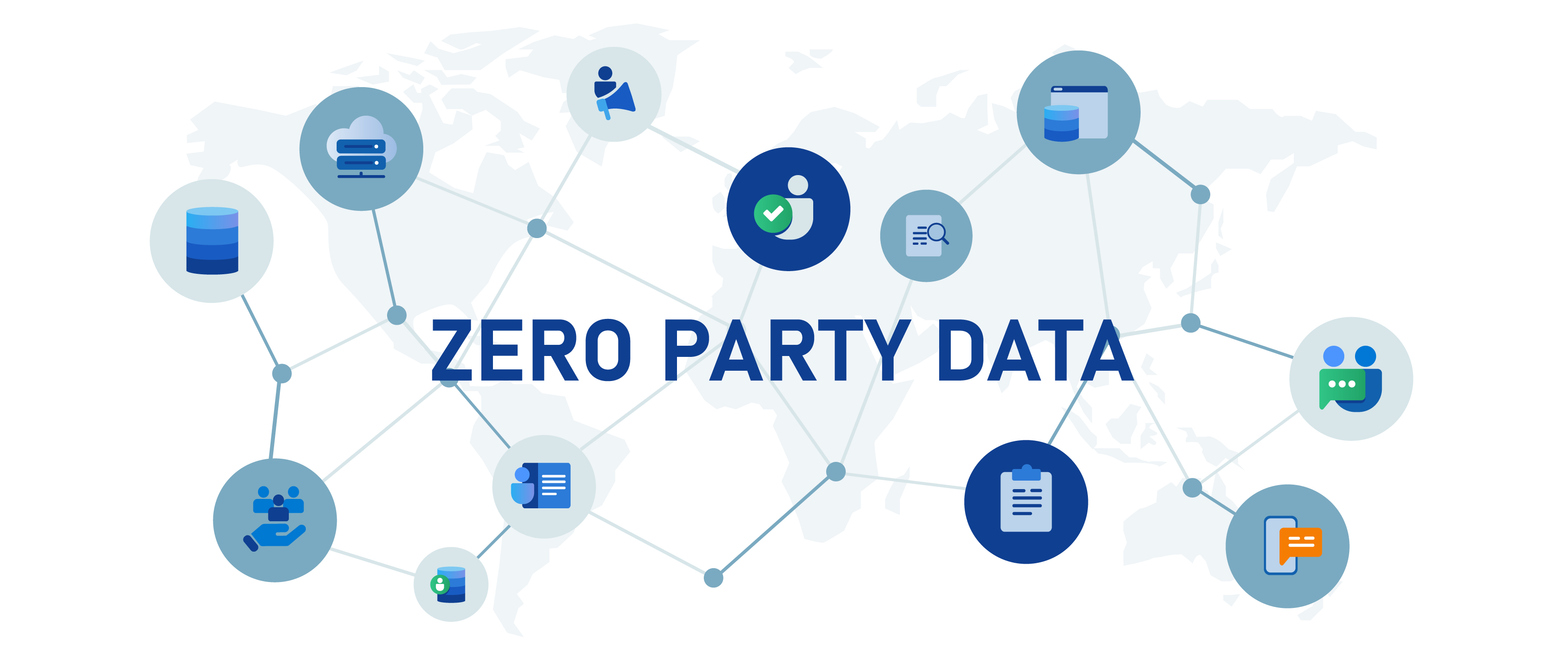How a Blog Can Boost Your Lead Generation

Photo by Plann on Pexels
Starting a blog is a strategic move for businesses and individuals looking to expand their audience and enhance lead-generation efforts. A well-maintained blog can serve as a platform not only for sharing expertise but also for fostering engagement and encouraging potential customers to take the next step in the sales process.
Every post published is an opportunity to connect with a target audience and offer them the valuable information they seek. This exchange stimulates interest and can position a blog as a go-to resource in its niche.
Through consistent, quality blogging, businesses can grow their visitor base and capture the contact information of individuals interested in their products or services, ultimately driving more sales and increasing revenue.
Establishing the Foundation: Blogging Basics
Starting a blog can be an effective strategy for generating leads, but laying a proper foundation is crucial for sustained success. This involves a clear understanding of your target audience, choosing relevant topics, and optimizing your content with SEO and keywords.
Defining Your Target Audience and Relevant Topics
A clear definition of your target audience is imperative when starting a blog—this involves research to understand demographics, interests, and online behaviors. By identifying who the readers are, one can tailor the blog's content to meet their specific needs and preferences, thereby attracting more qualified leads.

Once the audience is defined, selecting topics that resonate with them is next. According to The Blog Starter, this should involve a mix of industry analysis and personal expertise to ensure the topics are both relevant and engaging. Keeping a finger on the pulse of trending topics within the niche can also help in attracting a steady stream of new readers.
Understanding SEO and Keywords
The significance of employing a professional SEO blog writing service cannot be overstated in the blogging world. These experts are crucial for ensuring that a blog's content is discoverable by search engines and reaches its target audience effectively.
Utilizing tools for keyword research and incorporating these keywords strategically throughout the blog posts can substantially increase a blog's visibility and, by extension, the number of leads generated.
By focusing on these blogging basics, one can set a solid foundation for a blog that not only attracts readers but also converts them into leads.
Content Strategy for Lead Generation

A robust content strategy is the cornerstone of generating leads through blogging. It revolves around not just producing content, but ensuring that content performs the specific role of drawing in and converting potential customers effectively.
The creation of valuable and relevant content is essential for attracting leads. High-quality content addresses the audience's challenges and questions, thereby establishing trust. It should be backed by thorough keyword research to maximize SEO visibility.
Strategic Use of Lead Magnets and CTAs
Lead magnets—exclusive content offerings like eBooks, whitepapers, or webinars—are employed strategically to entice potential leads to provide contact information.
By offering materials that provide significant value, businesses can effectively obtain leads' details for further engagement. The key is to ensure that the lead magnets are highly relevant to the content present on the blog.
Calls to action (CTAs) guide readers on the next steps they should take, be it subscribing to a newsletter or downloading a lead magnet. CTAs must be clear, compelling, and positioned strategically within the content to encourage conversion. They are the linchpin in the conversion process, directing the leads from being passive readers to active prospects.
Promoting Your Blog for Maximum Exposure
![]()
Maximizing exposure for a blog is essential to generate more leads. The following methods focus on leveraging different platforms and strategies to increase traffic and improve the blog's visibility on Google.
Leveraging Social Media
A blog can gain substantial visibility through social media channels. By creating shareable content with unique insights or data, a blog post becomes more attractive for sharing, which can drive significant traffic to the blog.
Platforms like Facebook, Twitter, and LinkedIn are especially valuable for promoting to a targeted audience.
Email Marketing and Link Building
Email marketing remains a powerful tool for promoting blog content, even amidst the social media frenzy. By building an email list and consistently sending out newsletters that highlight the latest blog posts, a blogger keeps the audience engaged and encourages regular visits to the blog.
Increasing a blog's domain authority on Google relies heavily on backlinks from reputable sites. The more high-quality sites link to the blog, the stronger the blog's domain authority becomes, which in turn enhances its visibility and search rankings.
Analyzing and Optimizing for Better Results
The initial step is to gather data on visitor interactions and derive insights to improve lead-to-visit conversion rates. Tools like Google Analytics can track organic search performance, revealing which blog posts draw the most traffic and engage readers effectively.
Analyzing visitor data can unveil patterns such as popular topics or keywords, directing content strategy toward subjects likely to yield quality leads. Factors contributing to higher engagement rates include title structure, interactive elements, and the strategic placement of target keywords. For example, placing crucial keywords at the beginning of titles may improve visibility on search engines like Google.
It is also crucial to monitor and mitigate potential risks in business, such as dips in traffic or shifts in audience interest. Adapting content based on data-driven insights can prevent these issues from stifling lead-generation efforts. By implementing risk management strategies, a blog can maintain consistency in offering value to its audience.
Maintaining a blog is an ongoing process that requires frequent updates and optimizations to stay competitive. Regular content audits can identify underperforming posts that could benefit from updates or SEO enhancements. This practice ensures content remains relevant, harnessing the power of organic search to convert readers into leads continually.

Photo by Pixabay on Pexels
Conclusion
At the end of their blogging journey, individuals often find that their consistent efforts have paved the way for meaningful connections and increased lead generation. By implementing strategies such as writing for those who skim to the conclusion, bloggers can cater to a wider audience and capture the attention of potential leads quickly.






